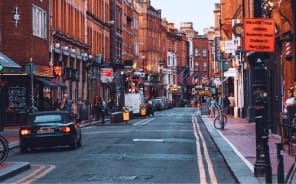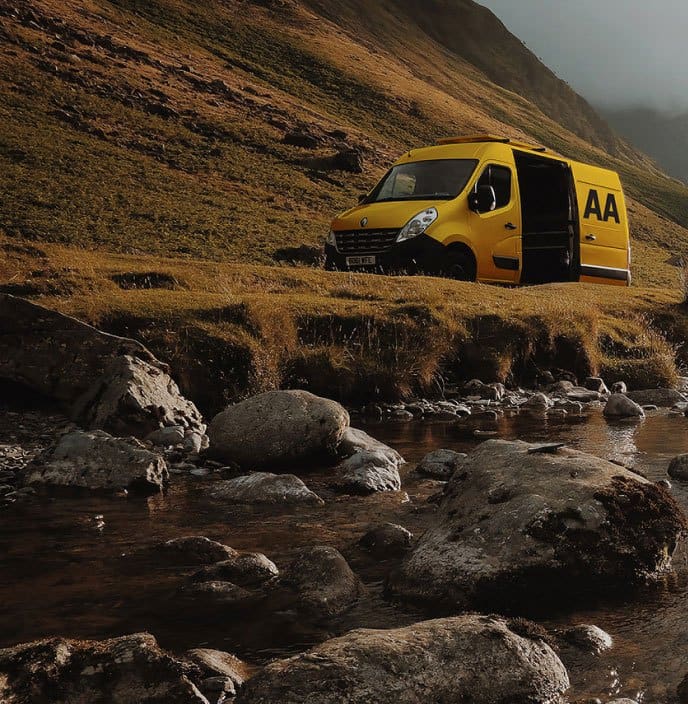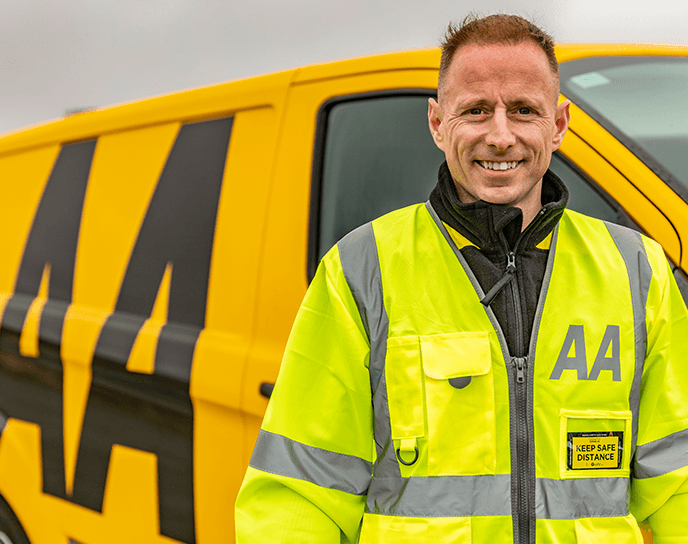Here in Ireland we may be marooned on an island, but it’s never been easier – nor cheaper – to jet off for a fun-filled city break in one of the dozens of fascinating destinations on our doorstep. And now that winter is approaching, it’s a great time to start poring over the map, feeding the imagination and then firing up the cheap flights websites in search of some last minute sun or even a winter wonderland.
We asked some of the AA team to tell us about their favourite city breaks – and they’re not all in Europe. So read on for some inspiration from our broadcasters and get booking!
SEVILLE
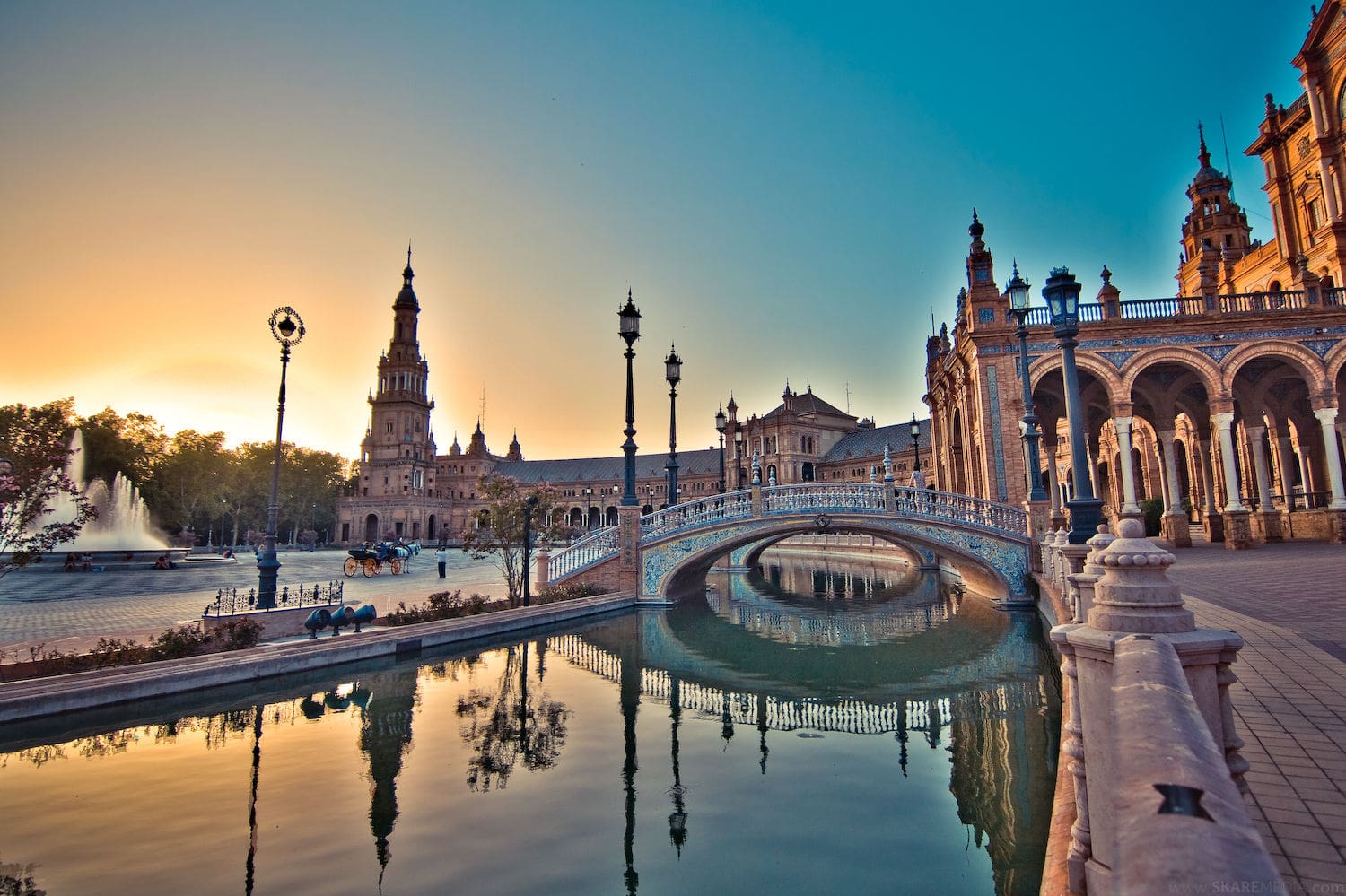
Words by Lauren Beehan
IN A FEW WORDS:
A unique fusion of styles and cultures, Seville is an enthralling city where getting lost is part of the fun.
HIGHLIGHTS:
Seville is the traditional starting place for journeys in Spanish literature, so a weekend here was a fitting start to my own travels in Spain. The labyrinthine Barrio Santa Cruz is a true navigational challenge, but I thoroughly enjoyed getting lost in its tiny winding streets: who needs a map when there’s a tapas bar or café around every corner?
Map or no map, I couldn’t miss Seville’s proudest historical sites: the colourful Alcázar (palace) and the world’s largest cathedral, whose skyscraping belltower (La Giralda) started life as part of a 12th-century mosque. Indeed, the whole city is a blend of Arabic and European styles, unlike anything I’d seen before.
Less than a kilometre away from those historical treasures, I climbed the baffling Metropol Parasol, a modern wooden structure built over a two-century-old market. Officially, it’s designed to resemble trees; locals call it Las Setas (the Mushrooms). The rooftop panorama is great spot for a drink or, in my case, to take too many photos.
A final noteworthy spot is the majestic Plaza de España in Maria Luísa Park, where I discovered how terrible I am at rowing boats. I should have followed the sevillanos’ lead and stuck to paddling in the enormous fountain…
HOW TO GET THERE:
Ryanair fly to Seville twice weekly from Dublin. Several airlines offer daily flights via London.
GETTING AROUND:
The Old Town is best experienced on foot, but taxis are inexpensive and quick. There’s also an extensive bus network, a metro line and a tram line.
MARRAKECH
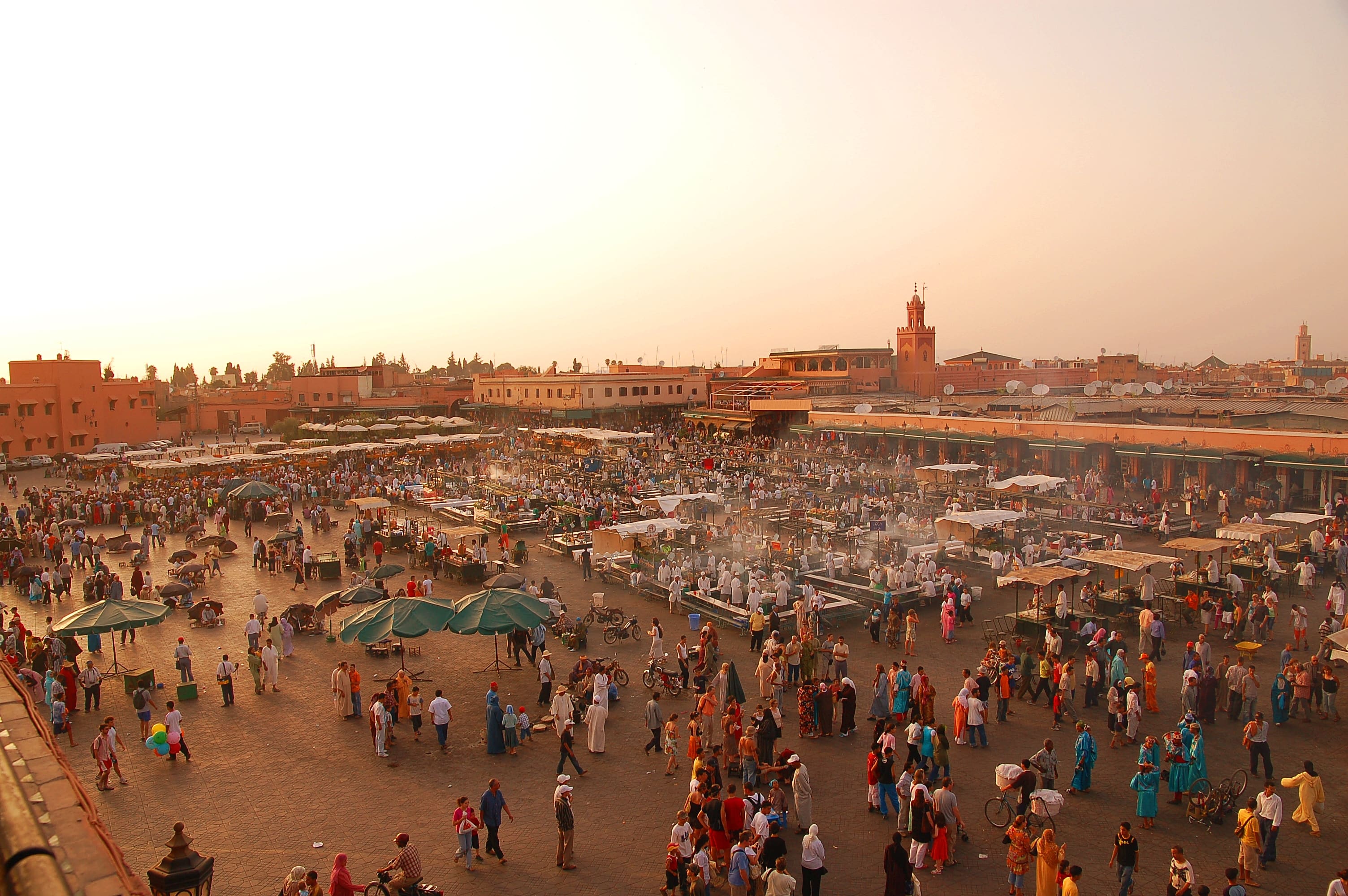
Words by Arwen Foley
IN A FEW WORDS:
Not your typical city break, but perfect for warming the bones.
HIGHLIGHTS:
Most people who contemplate a trip to the Moroccan city of Marrakech think of it as somewhere to relax and lie out by the pool and if that’s what you’re looking for, I recommend heading to a hotel in the new city.
However, if you’re looking for a culturally diverse location, completely different from your normal city break, then I thoroughly recommend a stay in a riad – a bit like boutique hotel – within the walls of Marrakech’s old city. We stayed in Riad Dar One, which was lovely and within walking distance of most of the major tourist attractions.
The colours, sights, sounds and the smell of spices and orange blossom make Marrakech a truly wonderful city. You can spend hours meandering down the narrow streets or getting lost amongst the market stalls.
Food can be very mixed in Marrakech so it’s best to do your research before you travel. Trying a Moroccan tagine is a must – perhaps start with chicken cooked in honey, with apricots and almonds. Morocco is a Muslim country so alcohol is not as readily available as it is in Ireland. However, most hotels serve alcohol and we didn’t have any problem finding bars to stop in for a tipple. It is advisable to check that the restaurant you’re going to serves alcohol before you get there though.
HOW TO GET THERE:
The only airline that flies direct from Dublin to Marrakech is Ryanair so really there’s only one option. When we arrived, our riad had arranged for a driver to collect us. You can get also get a taxi but be warned, a lot of the taxi drivers only speak Arabic or French. My Leaving Cert French came in quite handy for the couple of days we were there.
GETTING AROUND:
The best way to get around is on foot but it is possible to get a taxi or you can do the real touristy thing and flag down a horse and cart.
LYON
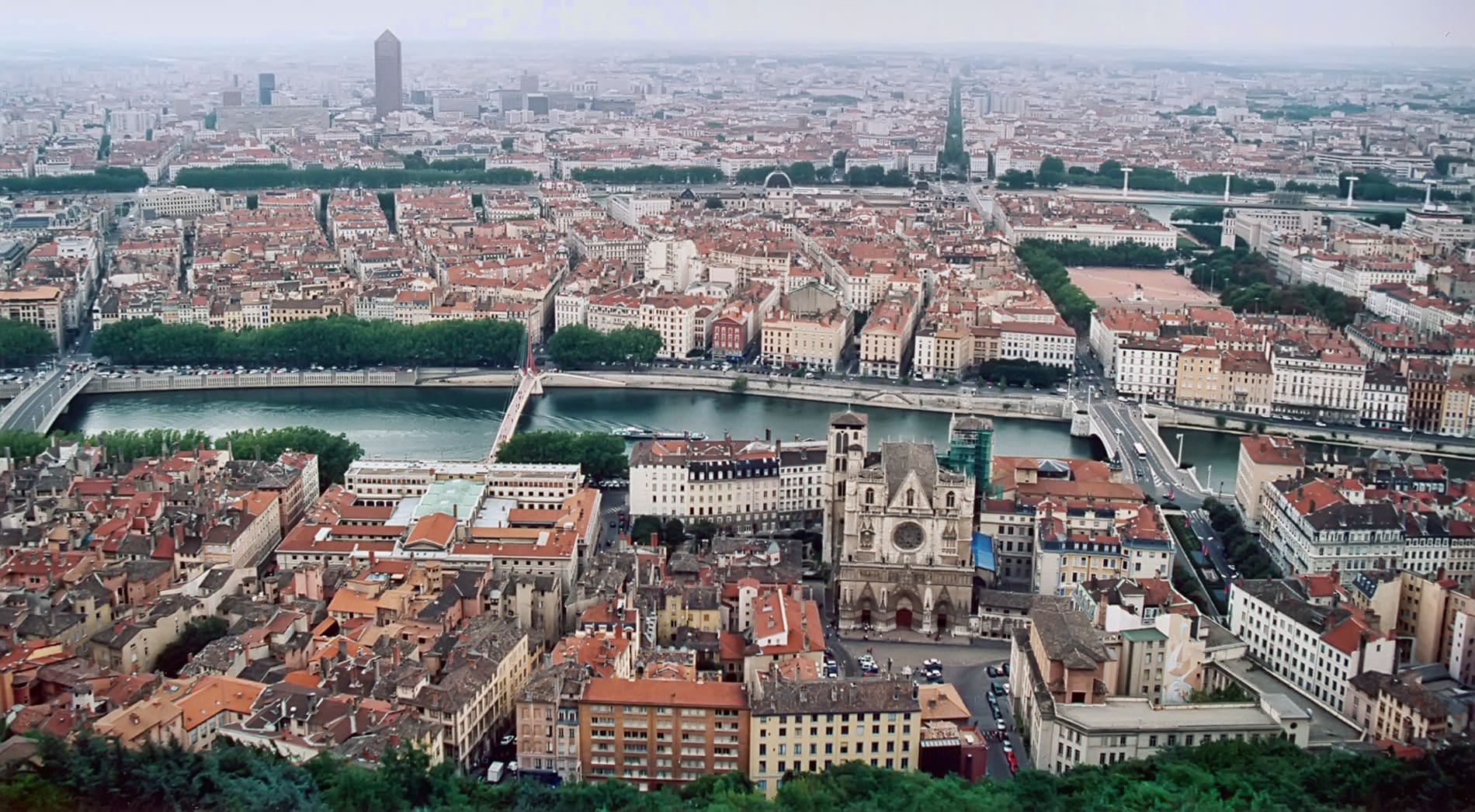
Words by Chris Jones
IN A FEW WORDS:
A beguiling riverside city that’s not just for foodies.
HIGHLIGHTS:
France’s third largest city may not have the romance of Paris or the glittering coastline of Nice, but it’s the kind of place that charms you quickly. A lot of people go for the food (it boasts a galaxy of Michelin stars among its many restaurants) and although I can’t vouch for that, it’s a wonderful city to wander around. Be warned though – it’s very hilly. Vieux (old) Lyon is a charming area with lots of nooks and crannies to explore (and the steepest Metro line I’ve ever been on) while the best views are from the Basilica of Notre-Dame de Fourvière, which dominates the city’s skyline. You can take a funicular railway up to it but wrap up unless it’s summer – the first time I visited in early spring, it was icy cold. Back in the attractive city centre, I recommend a stroll along the banks of the Rhône and Saône rivers, and don’t miss Place Bellecour, one of Europe’s largest public squares.
HOW TO GET THERE:
Aer Lingus flies from Dublin to Lyon-Saint Exupéry five times a week. Easyjet flies from Belfast International once a week, every Saturday. When I went there for Euro 2016 direct flights had sold out, so I flew to Paris Charles de Gaulle airport and took the high-speed TGV train direct to Lyon. It’s fun and covers the 500km distance in just two hours.
GETTING AROUND:
Lyon has a comprehensive transport network, with a six-line tram system and a four-line metro, as well as an extensive bus network, taxis and Uber. Public transport runs from around 5am to midnight, and a single ticket on any form costs €1.90. The Lyon City Card includes unlimited use of public transport for as long as the card is valid.
LISBON

Words by Adrian Harmon
IN A FEW WORDS:
A charming medieval city whose trams zig-zag across its seven hills.
HIGHLIGHTS:
The city is awash with tours, and I highly recommend them as a way of getting acquainted with your surroundings. The city centre is easily navigated on foot – don’t miss Bairro Alto, the centre of the city’s nightlife, the opulent Baixa district and the quaint and maze-like neighbourhood of Alfama, which surrounds the city’s Arabic/medieval St George Castle.
I stayed near Rua Dom Pedro V and Rua Sao Pedro de Alcantara – a central area which is home to some great restaurants. Rooms with a view include Insólito (great food and cocktails) and Lost In (quirky and there are no bad seats). The restaurant-cum-hostel Decadente was also a very nice lunch option.
Outside the city, there are some great places to visit. The walks and coastline around Cascais are worth the short train ride and boast breathtaking scenery. Boca de Inferno (Devil’s Mouth) is a great spot for some snaps.
The magical UNESCO World Heritage site of Sintra is also a must-see with the Castle of the Moors and Pena Palace among the attractions. The area is steeped in history, with spectacular views, and I found a half-day tour from the city plenty to take it in.
HOW TO GET THERE:
Direct flights from Dublin are operated by Aer Lingus and Ryanair. A frequent bus service will take you directly from the airport to city centre. A taxi will take approximately 20 minutes.
GETTING AROUND:
Lisbon’s tram network has declined since its heyday in the 1960s but trams remain a common sight on the city’s streets and the vintage ones are an attraction in themselves. There are also funiculars, a four-line metro and an extensive bus network. A 24-hour pass for bus, tram and metro costs €6.50 for the first day and €6 for each additional day.
LONDON
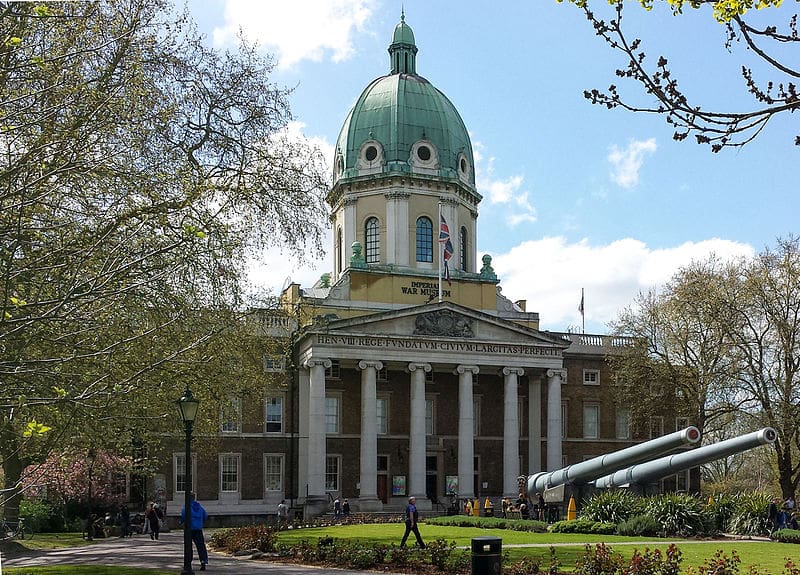
Words by Ruth Jephson
IN A FEW WORDS:
One of the most iconic cities in the world, and on Ireland’s doorstep.
HIGHLIGHTS:
The Museum of London is the perfect place to visit early on in your trip as it provides an overview of the city and its history. As you walk through the museum, you’ll learn about London chronologically and what has shaped it over the years – I found the features on The Great Fire and the 7/7 Bombings particularly interesting. St Paul’s, Moorgate and Barbican Underground stops are all 5/10 mins walk away and admission is free.
There are about a dozen exhibitions in the Imperial War Museum on Lambeth Rd, but make sure you visit the Holocaust Exhibition, which is a permanent fixture. Allow plenty of time – I’ve spent six hours there over two visits and I’m planning a third! There are incredibly moving video interviews with Holocaust survivors, as well as other potentially upsetting material so it’s not recommended for under 14s. Other exhibitions include The War on Terror and the First World War. Entry is free.
You could also check out the Tower of London, Madame Tussauds, Buckingham Palace and the two Tate Galleries – or see a West End show!
HOW TO GET THERE:
There are dozens of flights from Irish airports every day. If you fly to Gatwick, you can then take the non-stop Gatwick Express to the city, which goes every 15 mins. Last time, I flew to Luton and took the Thameslink in.
GETTING AROUND:
Get an Oyster card and you can use all London transport by tapping on and off. Download the Citymapper app. This is a godsend, you input your destination and, combining all the public transport options, it gives you the best way to get there. It even says what section of the train or tube to get on for ‘Exit Planning Optimisation’. (I love this app so much I nearly put it in the ‘Highlights’ section).
AMSTERDAM

Words by Róisín Nestor
IN A FEW WORDS:
Beautiful architecture, museums and plenty of interesting experiences!
HIGHLIGHTS:
One of the best things I did in Amsterdam was the Sandeman’s free walking tour. Our guide brought us around for two-and-a-half hours, covering everything from the city’s beginnings as a fishing village to the Red Light District. It was a local perspective and helped us plan how we wanted to spend the rest of our trip. Hopping onto a canal cruise is another great way to see the sights.
I’d definitely recommended booking in advance to avoid the queues at the Anne Frank House. The Heineken Experience was a bit of fun and I enjoyed the Van Gogh Museum. At €4 entry, the Sex Museum is also worth a look for a bit of a giggle. And if you’re not getting high enough on life, Bulldog Café is one of the best-known of Amsterdam’s infamous ‘coffeeshops’.
HOW TO GET THERE:
You can fly to Amsterdam’s Schiphol Airport from Dublin, Cork, Belfast City or Belfast International. When we arrived, we took the train from the airport to Centraal station.
GETTING AROUND:
Many of the attractions in Amsterdam are quite central so we mainly walked everywhere. Otherwise you can make use of the great network of buses and trains by buying a three day travel ticket for €26. Or why not do as the locals do and rent a bike?
No-one wants to think about bad things happening on holiday, but it’s always best to be prepared. AA Travel Insurance can give you the peace of mind you need to enjoy your time away.

